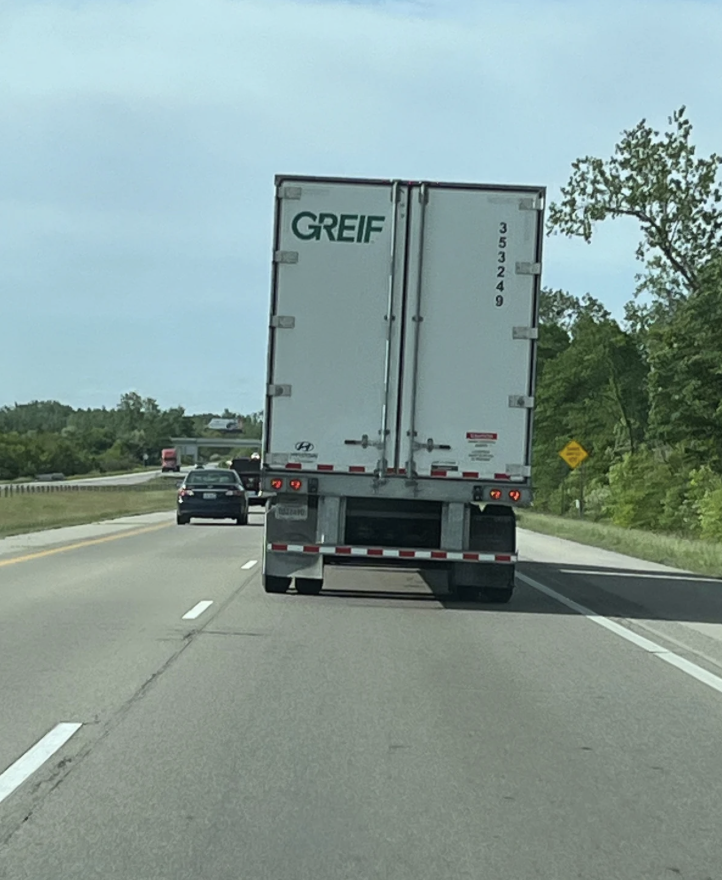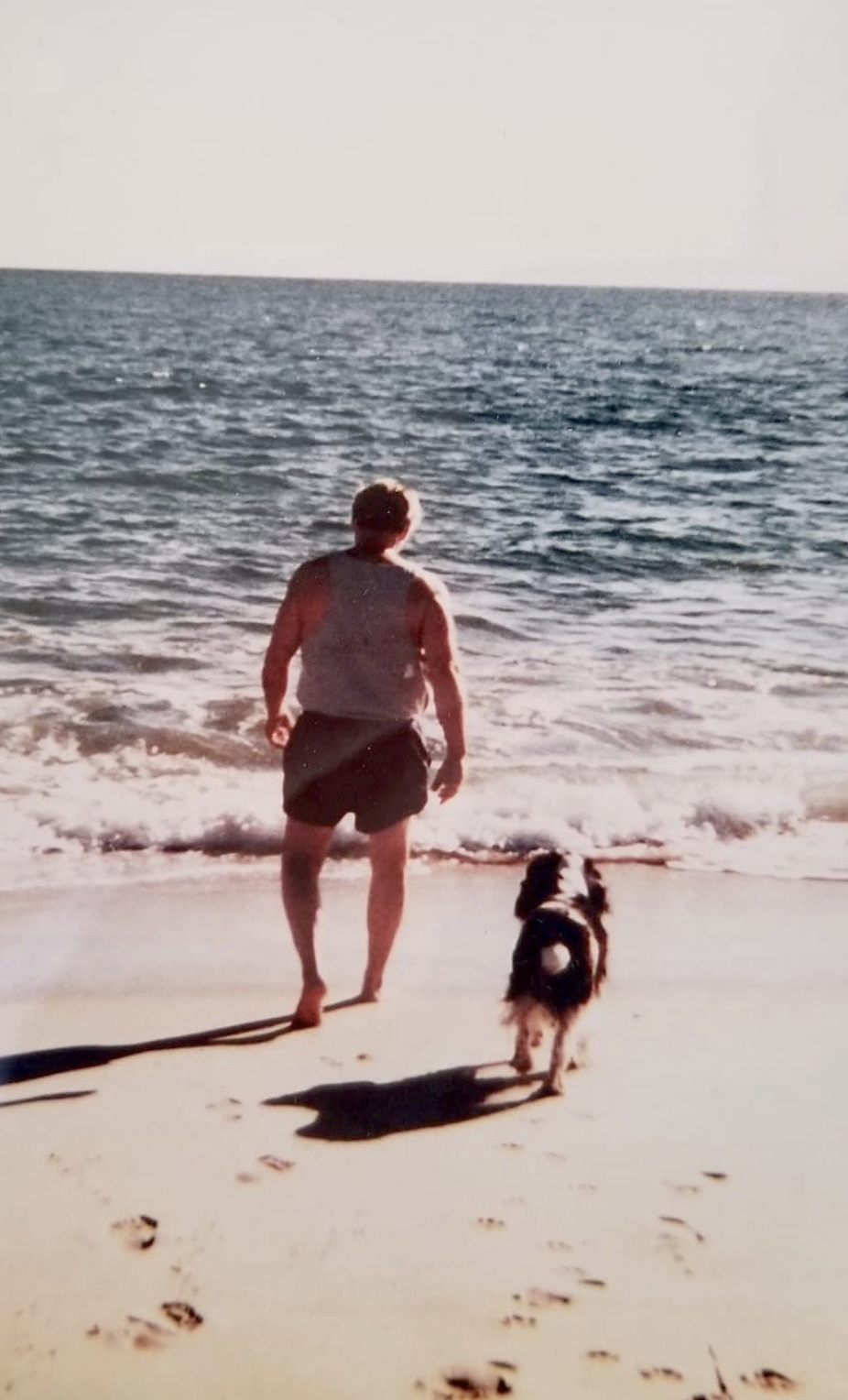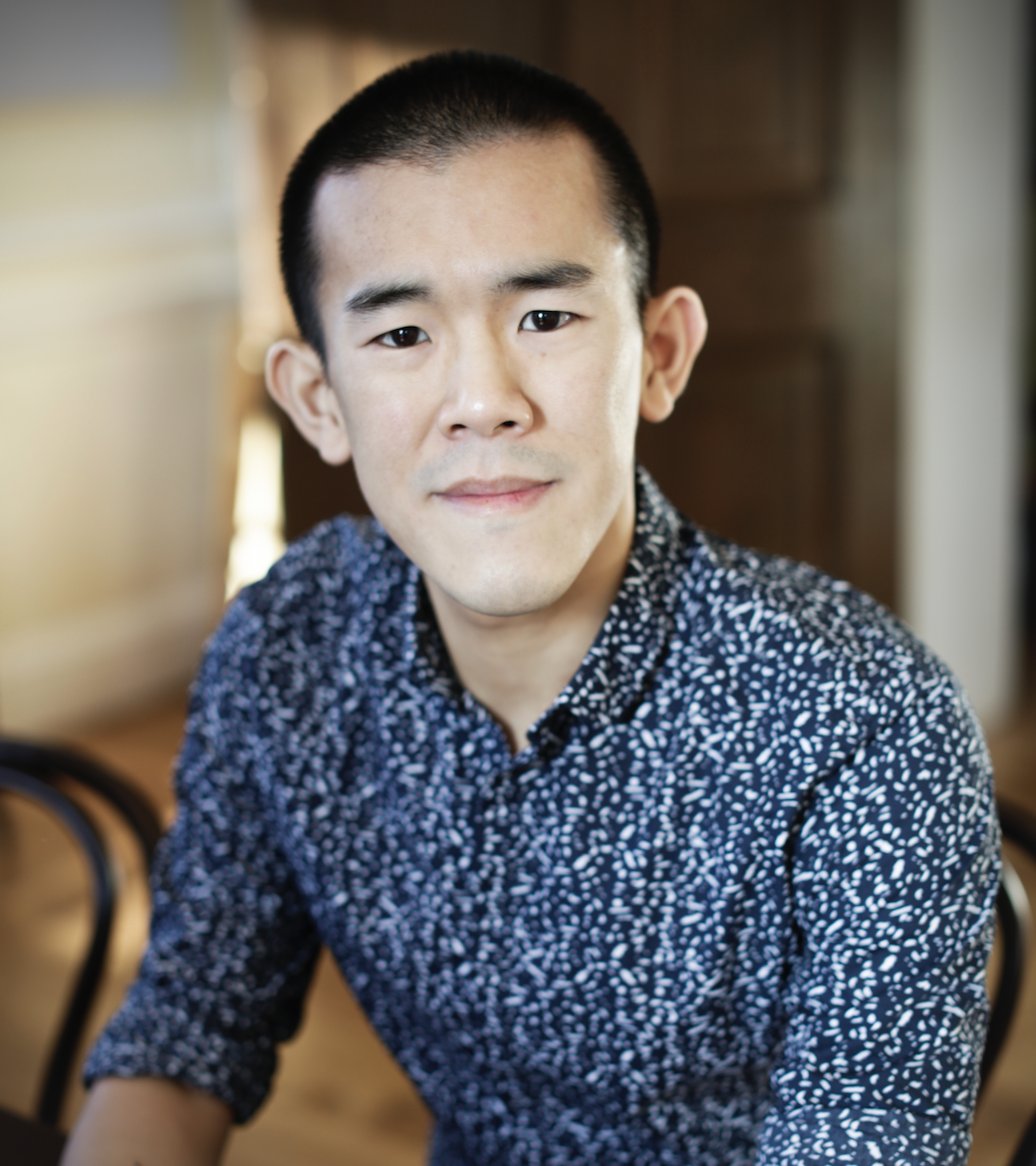In the cabinet in the atrium outside my office is a glass display case that holds, among other things, a beautiful kidney shaped vessel, its patina smoothed by use. Label: “Brass Pus Basin.” It is an object to stand and stare down at for a while, intentionally or idly, to move on from and return to, to see in passing. Nearby, as part of an exhibit on bloodletting and cupping, are 18th- and 19th-century thumb lancets with their sharp little blades and tortoiseshell and mother-of-pearl handles. In the next case over, a collection of 40 or so calculi (“bladder stones”) of varied size and shape, all disturbingly large. This is the Warren Anatomical Museum, at Harvard Medical School’s Countway Library, where “the dead teach the living.”
In the basement, The Center for the History of Medicine’s “Battle-scarred: Caring for the Sick and Wounded of the Civil War” displays photographs of various men, their excisions and amputations. Complimentary promotional postcards of mendicant literature—broadsides printed and sold by disabled veterans as a means, or attempted means, of support—are available upstairs, near the circulation desk. I take a copy of “The One-Arm Soldier: Co. D, 3d Mass. Cavalry, Disabled at Winchester, Virginia,” though apparently the same poem appears, with minor changes, in several different broadsides from the period, and is associated with at least four wounded veterans who may have used, if not written it.
This past August, I visited a selection of Civil War sites as part of a celebration of my father’s 70th birthday, a trip he described afterward as a childhood dream fulfilled. He is a man of history, able to recall dates, names, locations, and the larger context into which these fit, where they stem from and ultimately lead to. Ever stymied by such specifics, I cannot.
Following the GPS, I get us lost on our way to Harper’s Ferry National Historical Park at the confluence of the Potomac and Shenandoah Rivers. Having found and parked at the visitor center, we postpone a bus ride down to the lower town and instead make our way on the Murphy-Chambers Farm trail, appreciating the warm, sunny day in the last weeks of summer. I seek out interpretive signage, attempting to piece together chronologies and realities that seem distinctly separate from the placid peace of the open fields and quiet woods.
At a trio of cannons (there will be many cannons on this trip) we take a few pictures, wanting a visual relic of this trip together, something to trigger memories. Starting with these, every picture taken amid these battlefields feels strange, off, absurd.
I attempt to piece together the sneak attacks—which side was where when—try to imagine a quantity of men dragging themselves and their cannons up steep hillsides as quietly as possible. The gore of wounds and loss of life, devastating blows to strategy and morale. From the ridge there’s a stunning view of the Shenandoah below. I am struck by the ways in which we think about and remember the life and death of a single person, several, hundreds, thousands, by the ways we think about these “old” deaths, hardened into history. How we talk about ideals. What each side fought for here. What persists and is maintained.
Nearby is a foundation of John Brown’s Fort—the armory fire and engine house in which Brown and his followers barricaded themselves in October 1859 during an attempt to arm an uprising of slaves. It’s not the foundation at its original location, which was in the lower town a few miles away. The fort has been moved four times over the past 125 years.
In 1891 the building was sold, dismantled, moved to Chicago, and meticulously rebuilt as an attraction near the World’s Columbian Exposition—a failed money-making venture by a group of entrepreneurs. It then seems to have fallen into disrepair and been used as a stable by a local department store before being moved back east (having been taken up as a cause by journalist Kate Field) and rebuilt here in 1895, on the Murphy Farm. Before us is the foundation when it was the site of pilgrimages by the National League of Colored Women (1896) and the Niagara Movement (1906), whose members removed their shoes and socks and walked barefoot around the structure, as walking on holy ground.
In 1909 the building was purchased by and moved to nearby Storer College, where it stood for the next 50+ years. A few years after the school’s closing, the National Parks Service bought the building and in 1968 moved it back to the lower town, about 150 feet from its original location, which had long since been covered by a railroad embankment.
I’m not quite sure what to do with this building’s mobility. I like to think that buildings are inextricable from their location, that they stay with their foundations, are solid, unmoving structures. But upon reflection I must admit I can think of several (old and new) that I’ve seen moved short and long distances. The big, old church we’d walked by for years, then watched for weeks, months as it was prepared and moved one plot over, onto its new foundation. Pre-fab homes rolling down the interstate on the back of a flatbed.
In the lower town I stand inside the empty brick structure in its current resting place. A father and his young son step in the doorway; the son asks if this is a firehouse and the father replies that it is, and they step back outside again.
At the nearby John Brown Museum there is an exceedingly dramatic, at times overwrought multimedia presentation that succeeds mostly as a cautionary example of failed museum displays. Forewarned, we do not go to the John Brown Wax Museum.
We arrive at Antietam National Battle Field shortly before the visitor center closes for the day, and take a quick run through the displays, attempting to hold onto bits of relevant information: the battle’s timeline paired with various maps and artifacts. At the site of “The Bloodiest One Day Battle in American History,” now rolling farmland, there are various examples of cannons and monuments commemorating regiments, officers, infantry (there will also be many monuments). There are the numerous war department tablets better left to those with a working knowledge of the battle itself.
Across the road, the old Dunker Church is quiet and spare inside, with its rows of wooden benches. I head back out to the large Maryland Monument, a rarity in that it commemorates Union and Confederate troops side by side, making no distinction between those who died here “in maintenance of their principles.” Up the hill, behind the visitor center, I stand and stare at the quiet fields, sit and look out across the wide open landscape. There’s a way in which a place nudges its past into one’s consciousness. It seems impolite, neglectful not to at least try to reckon with it. I attempt to summon a sense of an image of the mass carnage that was here. Mindful of the limited remaining daylight, we get in our car and follow the signs for the driving tour.
There are innocuously named sites like “The Cornfield” and bleaker ones like “Sunken Road” or “Bloody Lane.” I’ve failed to grasp which side was moving where, when. Though it did matter once, dramatically, historically, I’m not sure it so much matters now. More than a century later, it is the end result I take away—all those bodies and lives torn apart, the end to the first Confederate invasion into the North, Lincoln’s issuance of the preliminary Emancipation Proclamation.
Stopping to wander through the small Mumma Cemetery, we point out which of the graves were already here at the time of the battle. By the Burnside Bridge, a sign directs attention to the large Sycamore. The “witness tree” was only a few years old when the massacre took place. Heading back to the car we greet a rambunctious puppy in the parking lot blissfully ignorant of time and place.
The next day we head to Gettysburg. Our tour is one based on proximity more than chronology, a fact that likely hasn’t helped in terms of putting together the overall course of events. In these two days we’ll visit sites within easy driving distance of our bed and breakfast in Frederick, MD. Thinking of covering such distances on foot is humbling. We saved Gettysburg for last because it’s on our way home; we’re heading north and leaving my parents to continue their tour. They’ll have a few more days in Maryland before heading south toward Richmond, Manassas, Appomattox.
Gettysburg National Military Park is a sprawling area with a shiny new visitor center and museum. There is the requisite video, which is informative, if given to the sort of melodramatic soundtrack often used to denote gravity, import, emotional weight. At its end, Morgan Freeman reminds us of the battles for equality that remained to be fought in the war’s aftermath. Images of Martin Luther King Jr. and the civil rights movement pass by on the screen, as though it ends there.
This past year in America has brought the urgent outcry of the Black Lives Matter movement repeatedly and increasingly to the forefront. Earlier in the summer, there was the shooting at the Emanuel African Methodist Episcopal Church in Charleston, the removal of the Confederate flag from the South Carolina state house, federal cemeteries, national park gift shops. To tour Civil War sites this summer feels strange, timely, raw. Amid a mildly diverse group of visitors young and old, with a healthy smattering of international tourists, I can’t help wondering what the people around me think, and whose sympathies may differ starkly from my own.
From the theater we ascend (or are herded) to the Cyclorama Gallery to view the moment of Pickett’s Charge in the 360-degree rendering of “The Battle of Gettysburg,” painted by Paul Dominique Philippoteaux in 1882. It was not the first battle he’d painted in the round, and the war itself is considered to be the first major conflict to be extensively photographed—the beginning of a new way of seeing, documenting, and relaying the impact of war. The painting, enhanced by foreground models and accompanied by the museum’s audio narration, surround-sound, and lighting effects, provides an evocative, if heavily mediated introduction to the climactic attack.
It is stunning, and strange to imagine Philippoteaux, a French man, coming to paint a reconstruction of the battle in this way—as an attraction commissioned by a group of Chicago investors. It opened in Chicago in 1883 (approximately six blocks, by my measure, from where John Brown’s Fort would be reconstructed eight years later). In total there were four versions of the massive work, though only two have survived, and this is the only one currently on display. This version—the one we’re surrounded by—was first displayed in Boston’s Cyclorama in 1884. Here, it is again a main attraction, a demonstration of virtuosity and drama.
We are ushered out of the theater and into the museum full of artifacts (uniforms, musical instruments, flags, weapons, medical equipment, letters, official documents), and a competing glut of interactive displays and video stations. We have only a short time before meeting our guide. A dense chorus of actors’ voices overpowers the dull tourist murmur as I hurriedly make my way through.
Fred, our licensed battlefield guide and a former instructor at the National War College, is a tall, friendly, authoritative man. He takes the wheel of our rental car and begins to ably reconstruct the three-day battle. As we drive through town, he points out buildings that were here during the war, describes the lives of the townspeople in the battle’s aftermath—amid an overwhelming quantity of dead and wounded, the hasty burials, exhumations, re-interment. On cue, a muddy pickup truck passes; a large confederate flag flying from a 6-foot flagpole mounted in its bed.
At our first stop, Fred lays out the timeline: who was coming from where when, who is leading whom. The importance of high ground, of ridges, becomes apparent. He emphasizes the two sides’ shared knowledge of Napoleonic warfare—leaders (former classmates) working from the same playbook. We pull onto a tree-lined road and pass a forlorn-looking man walking the road in a shirt with the Confederate flag on the back.
As we make our way from strategic vantage point to strategic vantage point (Seminary Ridge, Little Round Top, Cemetery Ridge), Fred runs a play-by-play, pointing out key locations, tactics, mistakes, describes the crucial movements of two “fishhook” formations. He’s measured in his delivery and good at his job. Standing amid the landscape itself, with a narrator in the flesh, the cyclorama begins to take on solid form; the events come forth from their representation, take shape before me—if only momentarily. It’s the closest I’ll come to understanding the maneuvers and shifting advantage, what they would ultimately mean for the soldiers, region, nation.
I return home unsure how exactly to digest the experience. I’m not a stranger to the bleakness of locale, but there’s something in this brief tour (visit? pilgrimage?) that remains beyond my grasp. At these sites of great violence, the past rubs up against the present, fixed and unstable. Each spread of land an emerging and receding battlefield. Being there, I wanted to grasp it. Thinking back, the trip seems like a series of parallel experiences. Collected encounters with movable pieces: objects, buildings, bodies. A gathering sense of the whole. A sum that is of, and separate from its parts.
Back at work, the Phineas Gage skull is again on display, after a brief hiatus. It’s there amid all the fascinating and unnerving bits of bodies, precise replicas, arcane equipment, relics, and records of medical history. Opening soon: “Studying Traumatic Wounds and Infectious Diseases in the Civil War Hospitals: The Medical Photography of the American Civil War.”
Elizabeth Witte is the Associate Editor for The Common.
Photo by author.



